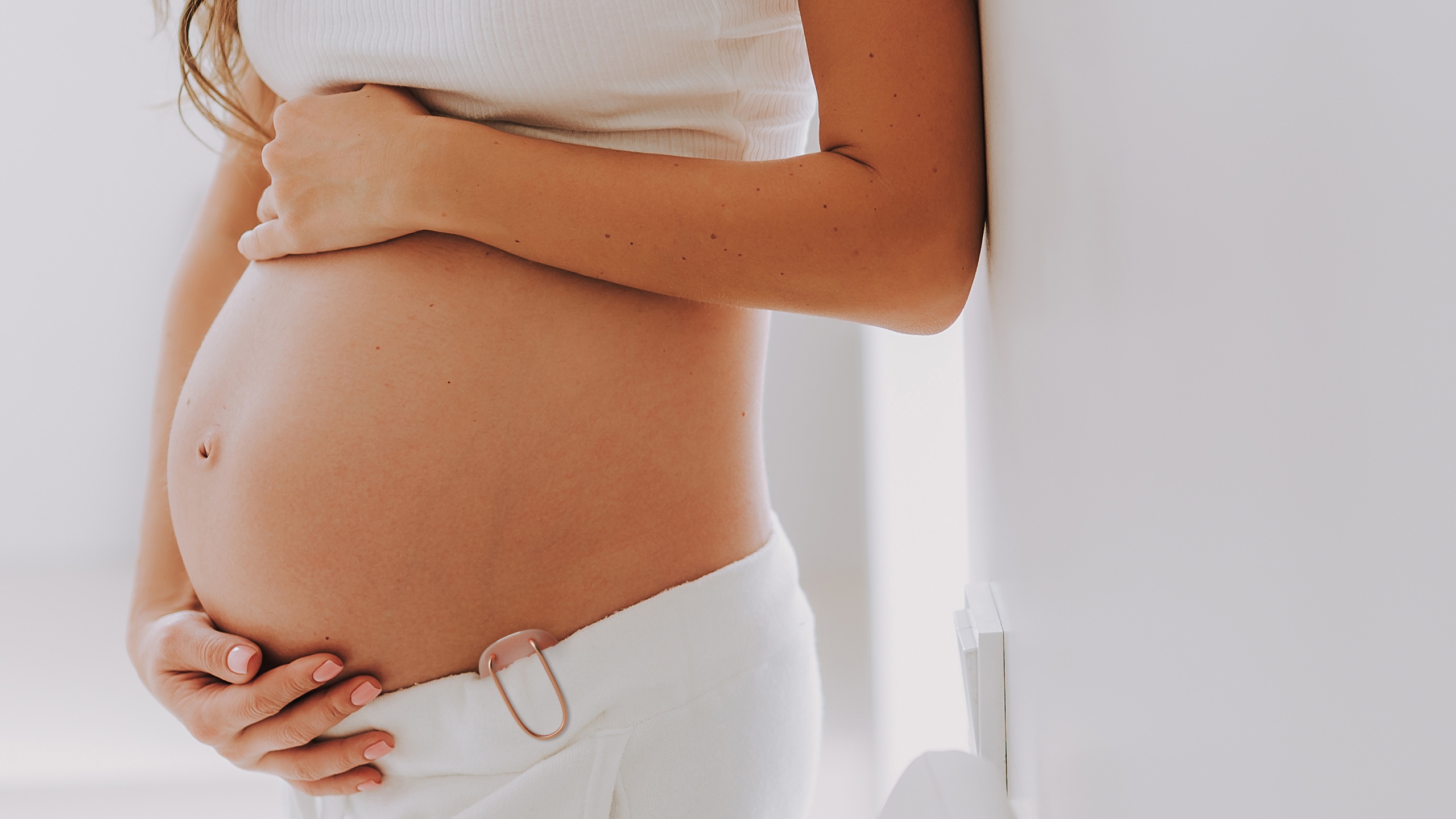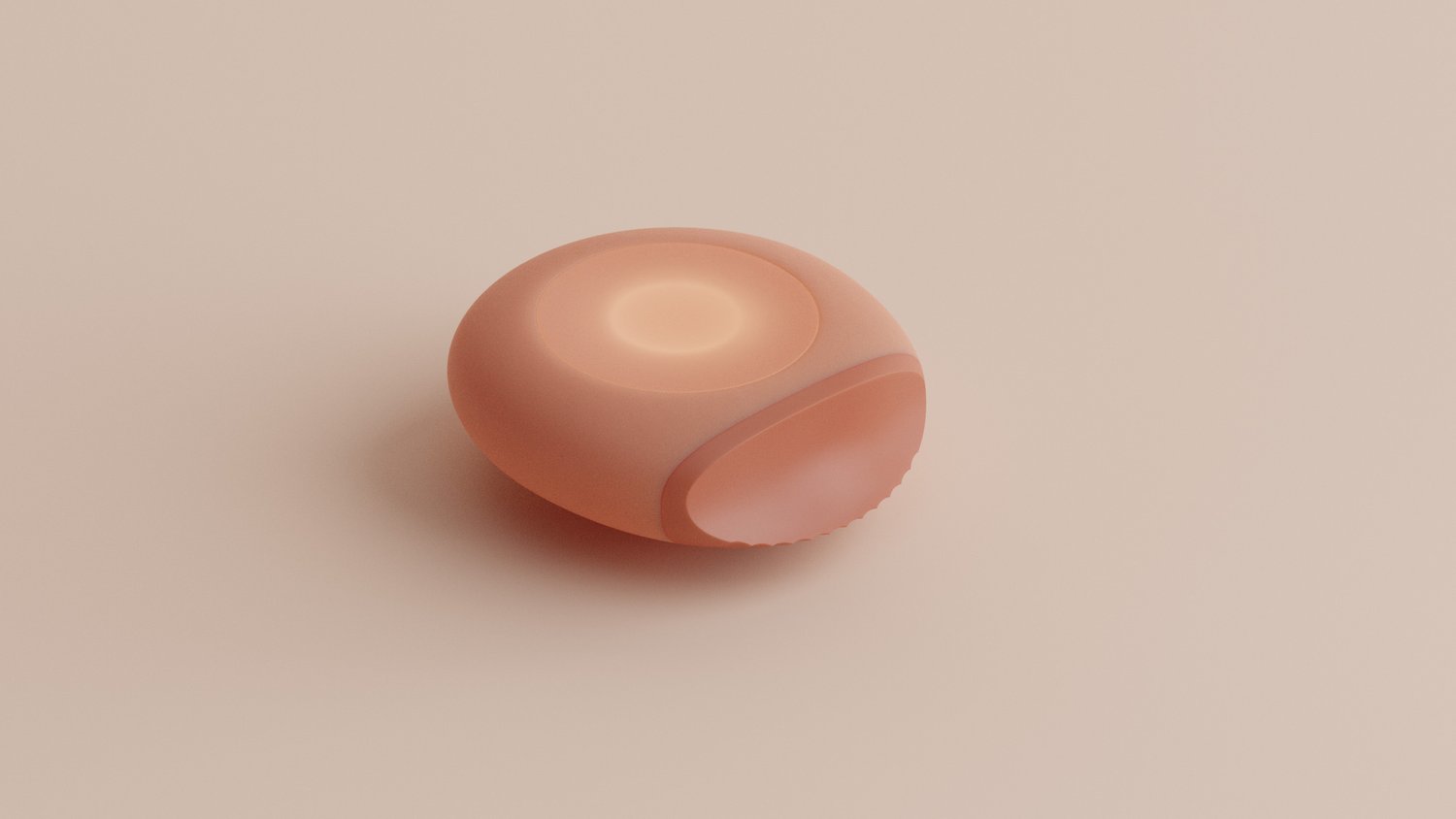Prenatal Care
Improving health and wellbeing of mother and baby during pregnancy
Stillbirths increased by 28% during the coronavirus pandemic. We set out to explore how we could create design interventions that would reduce this figure by encouraging a healthy bond between a mother and her unborn child. Developing three products to monitor and listen to the baby and support with mindfulness and breathing exercises, the Prenatal Care concepts were publicised in 2023 and received global attention. One of the concepts was subsequently purchased by a leading baby-care brand.






“Covid-19 caused heightened stress, isolation and hesitation in seeking medical attention that has had terrible consequences for new mothers. And pandemics are only going to become more prevalent. This concept range highlights the need for accessible technology that expecting parents can use in the comfort of their homes to ensure peace of mind during what is understandably an anxious time.”
- JO BARNARD
For many families going through pregnancy will carry significant risks for both mother and child. Add a global pandemic to this and feelings of loneliness, worry and overarching anxiety are exacerbated.
As a result of the pandemic, typical community-based pre & antenatal meet-ups stopped, and the process of ultrasounds, the typical first ‘real’ moments of pregnancy, were being viewed by the mother alone. Birthing partners were only permitted to be present during the final moments of labour, pushing some expecting women to add risk to their pregnancy by not contacting hospitals until the last minute. On top of this, hung the continuous threat of catching the virus itself.
The result; the devastating statistic that stillbirths increased by 28% from before the pandemic hit. In fact, a London hospital had a four fold rise in stillbirths during the pandemic, compared to normal.
Research shows that the past year has led to a shocking rise in stillbirths and deliberate harm to newborns. There is evidence to link both to an increase in mothers struggling with anxiety, stress and pre and postpartum depression, no doubt due to the additional pressure of having a baby in a pandemic.
Developed with insights from maternity ward doctors, as well as new and expecting mothers, our three Prenatal Care product concepts were created in response to these reports.
Working for a multitude of scenarios, these interactive objects offer a non-intrusive solution to help expecting parents manage pain, monitor their baby’s health, and build positive relationships with their unborn children during pregnancy.
Count
Count is a non-medical wearable, designed to ease the process of continually counting a babies movement; a commonly used method of early detection of unusual foetus behaviour that could lead to stillbirths.
When there is a period of reduced movement or unusual behavior Count prompts through the app to seek a medical assessment with a midwife. As most ultrasounds are performed within 24hrs of being requested, the earlier the request, the better the baby's health outcomes are.
Count focuses on building an understanding of your baby's movements and stores the data on an app that can be shared with medical professionals. By tracking and building a pattern of the baby's habits, Count has the additional benefit of abating worries and anxieties often derived from continually trying to count kicks.
Breathe
Pregnancy-specific stress increased significantly in women during the pandemic, it has been reported that an unborn baby's heart rate can double, when the mother is upset, or frightened, and, when stressed, increases the potential of premature birth. The better the mental, and physical health of the mother, the better the health and outcome of the baby.
Breathing techniques such as meditation or hypnobirthing have direct correlations to lowering blood pressure, stress, shortening the second stage of labour and reducing perceived pain during labour. Our concept Breathe is designed with the intention of being used throughout the different trimesters, offering a range of breathing patterns to follow and learn.
The pandemic resulted in birthing partners being restricted to the later parts of labour. Breathe aims to bridge the gap of the much-needed hand to squeeze. When rotated in the hand, mothers can press the sharp edge of the device into the palm. The pain acts as a distraction from contractions during labour.
A note from the team
We spent a lot more time sitting, talking and reading during this project than designing. Sharing our thoughts, feelings and ideas ensured we were approaching the design sensitively however we understand that this is a difficult topic for a lot of people.
Whilst we do not imagine these products being one-size-fits-all solutions to the personal journey of each and every expectant mother. The purpose of this project is to raise attention to the hidden risks a pandemic brings to pregnant mothers and their unborn child. With pandemics likely to become more regular in the future, health services may need to rely more on tech products that can be used at home as the solution.
For the purpose of the descriptions we have referred to the person carrying the baby as the ‘mother’ and ‘female’. However, we acknowledge that this is not always the case.
This concept is was formed by Morrama for the purpose of exploring ways that tech could support the wellbeing of mother and child during pregnancy. The IP is property of Morrama, however we would be more than happy to hand this over if we knew the products were going to be developed.
If you are interested in continuing this conversation, please get in touch at info@morrama.com.For our press pack, including high res images, please email: press@morrama.com.

